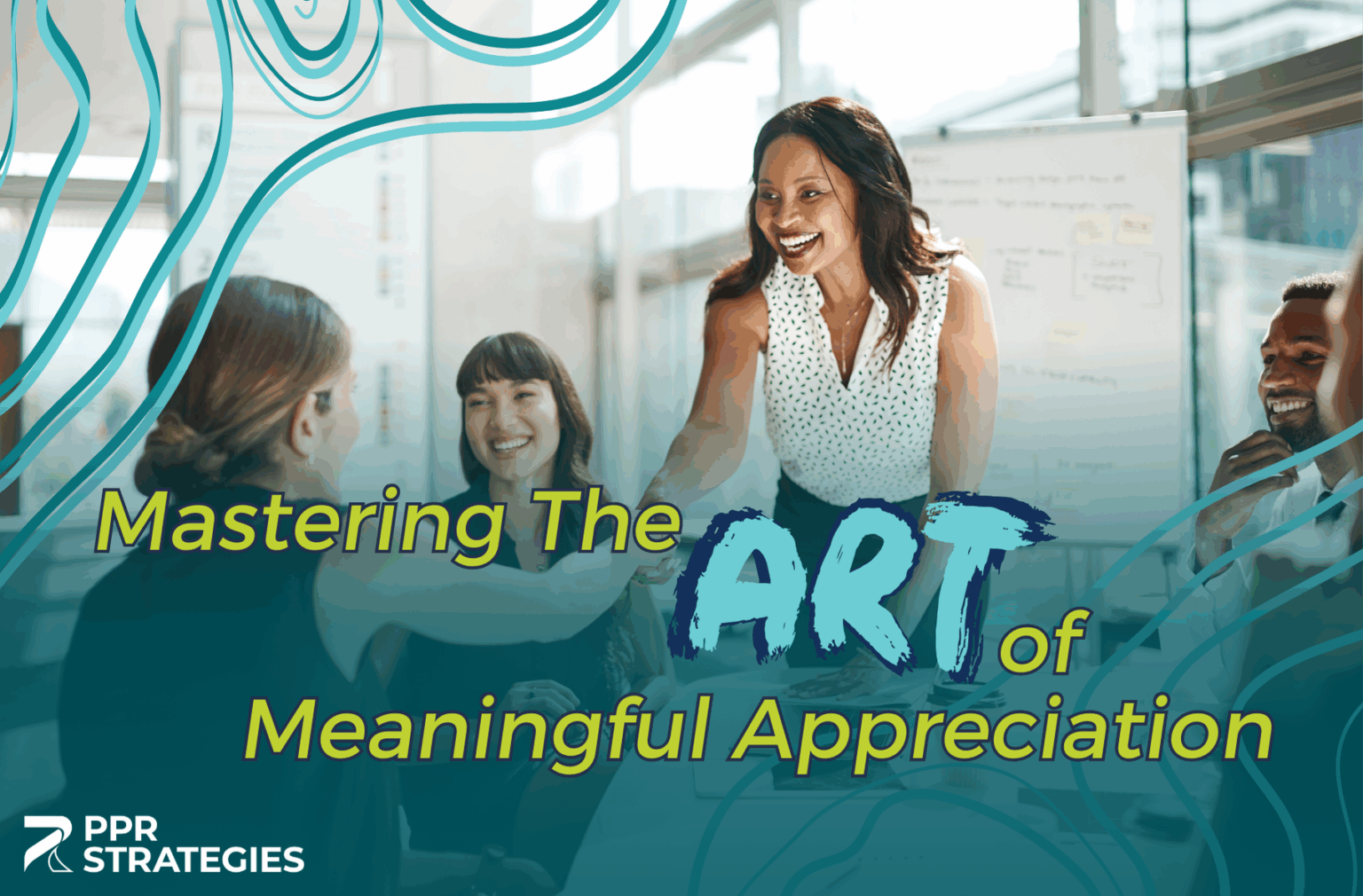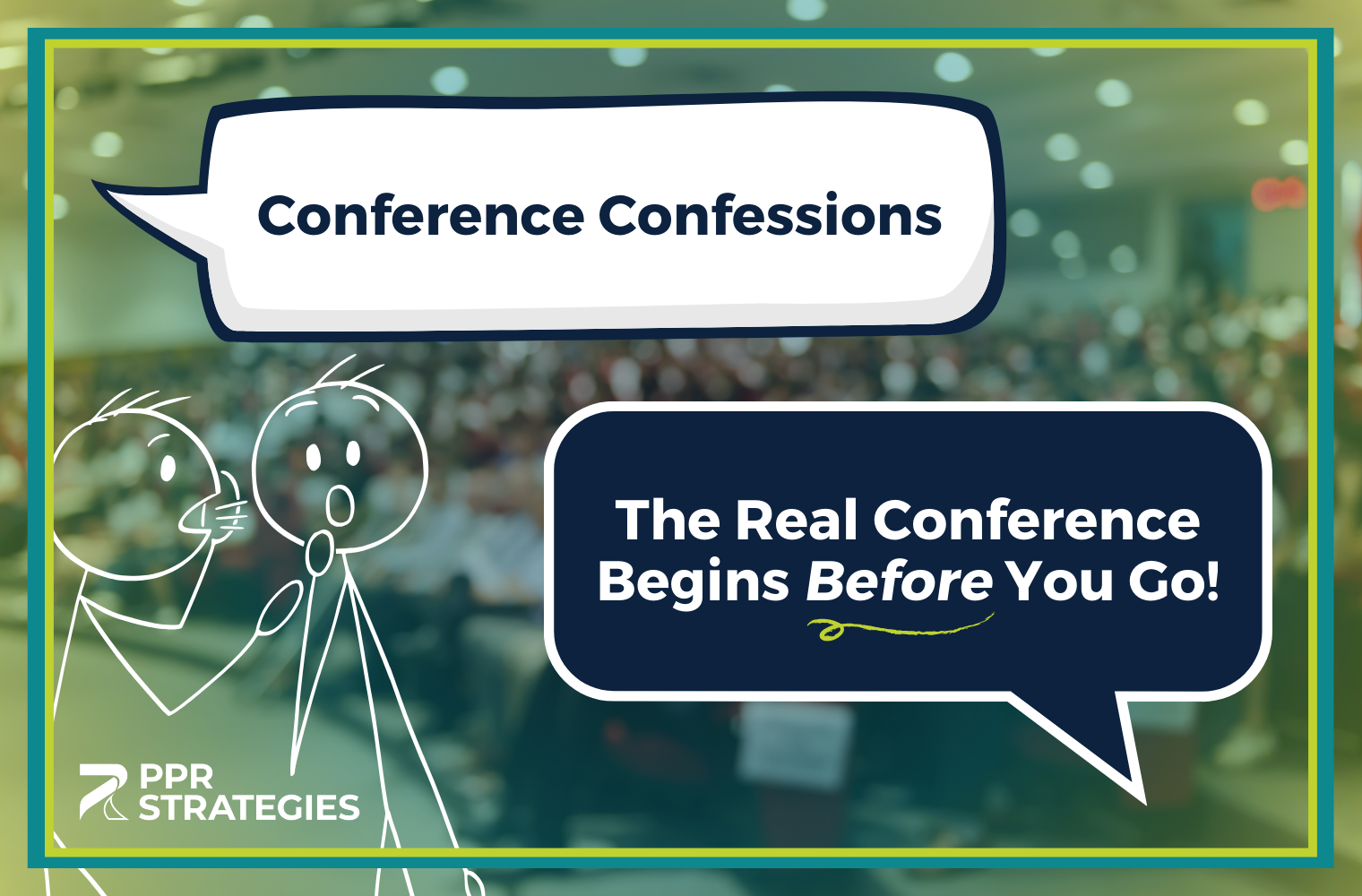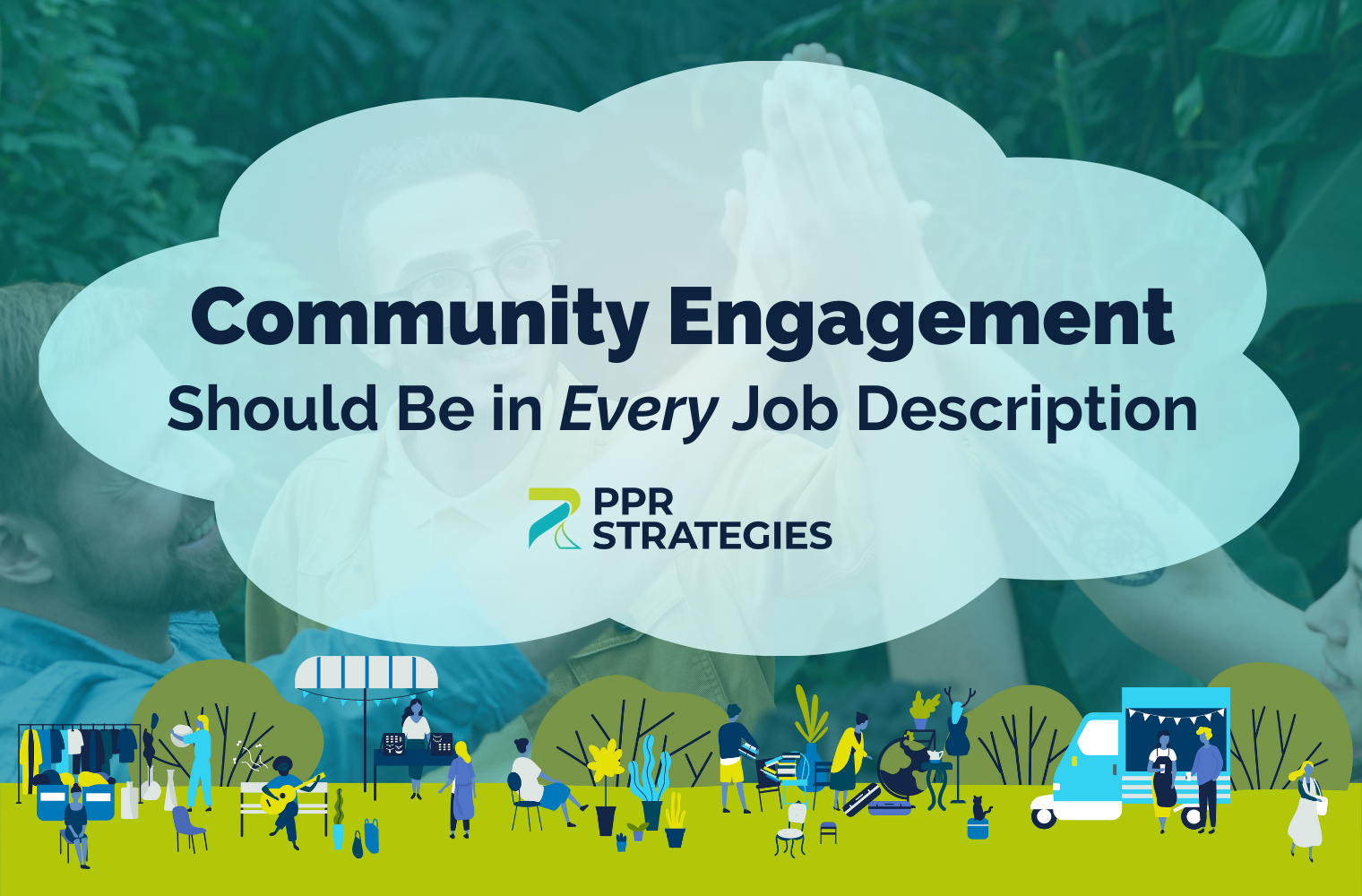When you first had to move your in-person meetings to Zoom, were you ready for it, or did it overwhelm you?
Initially, you might have had to adjust to Zoom in some of the following ways:
- Figuring out the technology to set up and schedule calls
- Getting comfortable with the webcam (and figuring out how to use virtual backgrounds to hide your kids or pets!)
- Leading or attending larger group meetings virtually
- Understanding the various settings you need during meetings
- Figuring out how to record and save your Zoom meetings
While you might have had resistance at first, chances are that Zoom and other online meeting platforms have become an essential part of running your business.
Here at PPR Strategies, we’ve spent a lot of time over the past 7 months focused on helping our clients use Zoom and other video calling platforms in order to have a successful 2020. This has ranged from helping them lead 1:1 meetings to large-scale conferences over this platform.
Here are a few tips and tricks you can use to be more confident and effective on virtual platforms like Zoom:
- Practice makes perfect – The more you use Zoom, the more comfortable you’ll be. If you’re preparing to lead a webinar, course, or conference, take time to practice leading 1:1 calls on Zoom beforehand so that you can get comfortable with the technology.
- Rehearse your content and tech needs – Before a big event, spend some time on Zoom running through the tech needs and content – especially if you’ll be running slides, screen sharing, or hosting multiple speakers. Treat it like a live event where you’d have a “tech rehearsal” before the big day. The higher the stakes, the more critically important it is that you have rehearsals beforehand.
- Prepare your background – Make sure you’re aware of what is behind you and seen by the other people in your video conference. If there’s a messy desk or clutter, take the time to tidy it. Finding a nice painting or backdrop can help you feel more confident to be seen virtually. If you’re going to use a virtual background, be aware of the lag that can happen when you move your hands on screen (they disappear!). Weigh the pros and cons to figure out your best option.
- Be aware of your audio and lighting – Test the sound of your mic or headphones and be aware of how your audio sounds on the other side. Also be aware of lighting in the room and how it changes over the day. If windows are in front or behind you, that will have a huge impact on what people see.
- Go only as long as the content dictates – People often ask how long a webinar or event should go online. A good rule of thumb is that it should go only as long as the content dictates.
- Decide whether you want to go live or pre-recorded – Between the options of going live or pre-recorded, make sure that your goals for the receiver of the information are being met.
- Know that going “hybrid” adds additional challenges – If your event includes a mixture of an in-person group as well as virtual attendees, be aware that going hybrid can add some additional challenges. It’s important to be very aware of what that experience will be for the individuals on both ends. Think through how you will deliver on the event before making the choice to go hybrid.
Months ago, it looked like once we reached the fall, meetings would be in person again. Now that they are not, how can you plan for a successful Fall 2020 and start planning for 2021, embracing the virtual?
If you’d like support with hosting events, gatherings, conferences or courses online, hit reply to start a conversation. PPR Strategies can help you successfully pull off your event from start to finish using a virtual platform.
Leave a comment down below, sharing a tip or trick that has helped you to feel confident using Zoom or other video platforms.
‘Til next time,
Sandy








